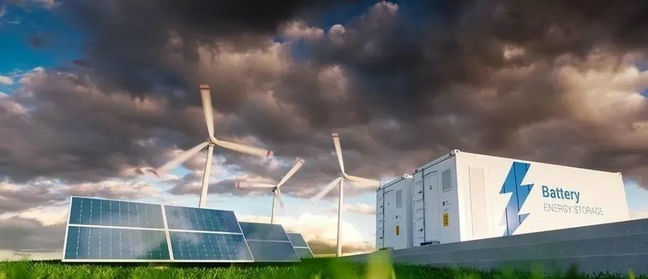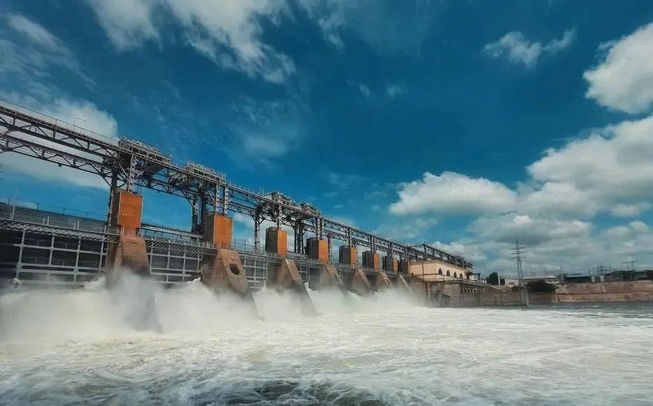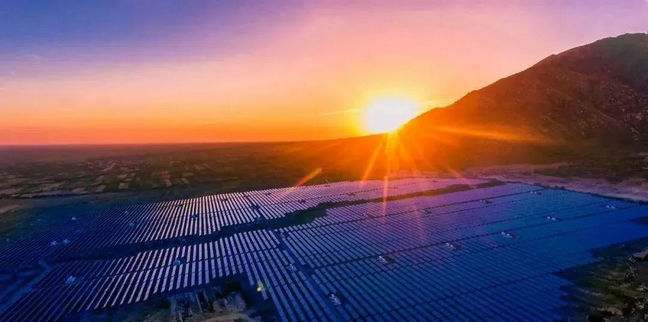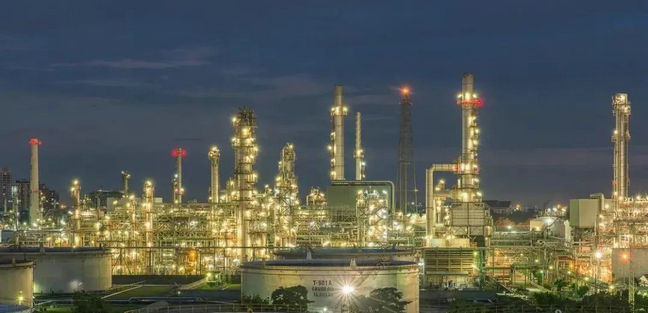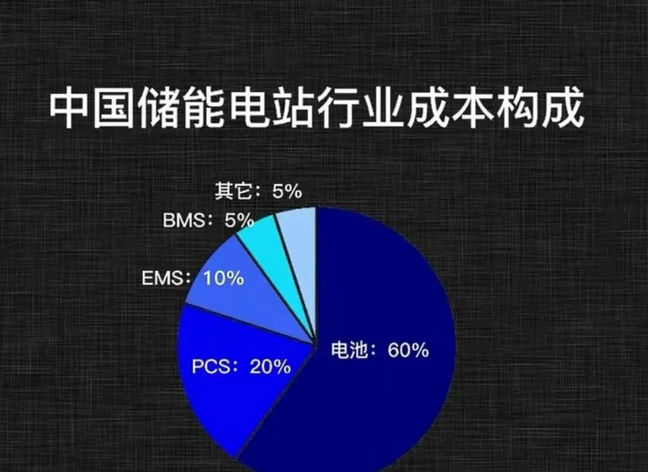| Current situation, prospects and opportunities of energy storage market |
| Release time:2022-12-23 15:38:58| Viewed: |
Current situation, prospects and opportunities of energy storage market
Photovoltaics, new energy vehicles and energy storage are the three major super tracks under carbon neutral energy. Over the past 20 years, we have experienced the ups and downs of photovoltaic, witnessed the highlight moment when new energy vehicles achieve curve overtaking. Now we are ushering in the rise of energy storage, a giant charging treasure.
At present, the energy storage industry has become an important part of China's strategic emerging industries. The large-scale grid connection of new energy brings about the balance of power supply and demand at different time scales. New energy storage can not only promote the large-scale and high-quality development of new energy, but also help achieve the "double carbon" goal. As the core technology and strategic highland of the energy revolution, it is expected to form a new industry with high technology content and great growth potential, and become a new economic growth point.
In recent years, the accelerated introduction of relevant incentive policies paved the way for the large-scale development of the energy storage industry, which has entered the stage of large-scale development. Energy storage technology can be divided into physical energy storage and chemical energy storage. At present, the electrochemical energy storage system, with its advantages of convenient and flexible installation, fast response speed, and good controllability, can significantly improve the power grid absorptive capacity of wind, light and other renewable energy sources, improve the power quality, smooth the power grid flow, and reduce the investment in power assets. It plays an important role in promoting the improvement of the power system and the transformation and development of energy.
Since last week, Ningde Times first obtained the largest energy storage order in the United States, and then Guoxuan High Tech also signed an energy storage project with a total procurement of up to 600 MWh. In addition, Far East Shares, Zhongtian Technology and other listed companies have announced that they have received energy storage orders recently. As power battery enterprises frequently obtain energy storage orders, the energy storage industry has once again become the focus of the capital market.
New energy storage orders continue to increase in volume, which is expected to usher in an outbreak period. Recently, large capacity new energy storage EPC projects have been invited for bidding in many places, and the implementation of energy storage projects has been accelerated. Since the second half of the year, energy storage projects have started intensively. In September, bids were opened for 36 domestic new energy storage projects, with a total capacity of 6.05GWh, a total power of 2.63GW, and an average bid winning unit price of 2.11 yuan/Wh; In the same period, 44 new energy storage projects were invited for bidding, with a total scale of 12.59GWh.
The "Fourteenth Five Year Plan" Implementation Plan for New Energy Storage Development released in March this year clearly pointed out that by 2025, new energy storage will enter the large-scale development stage from the initial stage of commercialization, and meet the conditions for large-scale commercial application. This further stimulated the layout and accelerated implementation of energy storage projects. During the year, 167 energy storage demonstration projects have been announced in eight provinces, including Guangxi, Hunan and Shandong, with the announced energy storage scale of about 12.9GW and 20.3kWh.
Not only the domestic energy storage market broke out, but the global installed capacity of energy storage entered the fast growth channel. The demand for overseas energy storage equipment continued to blow out. China is the main supplier of energy storage products in the international market. Customs data also showed that in the first eight months of this year, China's lithium ion energy storage battery exports totaled US $29.926 billion, an increase of 82.97% year on year.
Today, we will talk about energy storage from the concept, business model, future market space, and beneficial industries.
First of all, what is energy storage.
In short, energy storage is a huge power pack. It can release the power when the energy is insufficient, and store the power when the energy is sufficient. Energy storage is divided into three categories according to technical principles:
Physical energy storage: including pumped storage, compressed air energy storage, flywheel energy storage, etc
Among them, pumped energy storage is the world's largest energy storage mode with the largest cumulative installed capacity. It stores water when the power load is low, releases water when the power load is peak, and uses the gravitational potential energy to convert it into kinetic energy to drive the power generation device to generate power again. At the end of 2021, in the global energy storage market, pumped storage will be less than 90% for the first time, and China's pumped storage will account for 86.3%. In addition, pumped storage accounted for more than 75% of the new installed capacity of energy storage in China last year, which is the main pulling force.
However, in recent years, electrochemical energy storage has become a new main force in the newly installed capacity. By the end of 2021, the installed share of lithium ion battery energy storage in the world has increased to 11% (11.4% in China).
2、 Importance of energy storage
We all know that the country has established a new power system based on new energy to achieve the dual carbon goal. The main task of the new power system is to maximize the consumption of new energy. New energy is also called renewable energy, such as solar energy, wind energy, geothermal energy, hydrogen energy, etc. Compared with conventional energy, coal, oil, natural gas, etc. The most important feature is clean, low-carbon, flexible and efficient.
In recent years, the installed capacity of renewable energy in China has increased to 45%. According to the goal of the National Energy Administration, the installed capacity of new energy in China will further increase to more than 50% by 2025, and the position of new energy power generation will become increasingly important.
However, the biggest problem of new energy power generation is that it is too dependent on natural resources, and the energy is unstable. For example, the power of photovoltaic power generation in the afternoon is extremely high, but it basically drops to zero at night. Therefore, the development of energy storage is the key to solving the problem of good supply and demand matching volatility in the new power system.
Energy storage is so important, is it really going to rise?
The development outline during the 14th Five Year Plan period proposed that the quantitative goal of energy storage is to achieve the transformation of new energy storage from the initial stage of commercialization to large-scale commercialization by 2025. The installed capacity of the new energy storage is more than 30 million KW. By 2030, the new energy storage will be fully market-oriented, and local governments will also encourage or force the supporting development of new energy and energy storage.
In addition to policy driven, the most important thing is how to make money from energy storage.
The application scenarios of energy storage are divided into power generation side, power grid side and user side. The generation side refers to the peak shaving and valley filling of renewable energy power generation through the allocation of energy storage. The grid side refers to that the energy storage power station provides auxiliary services in the power market to ensure the stable operation of the grid. The user side uses the peak valley price difference to arbitrage and reduce the power cost.
Energy storage is faced with the dilemma of low rate of return on investment on both the generation side and the grid side, in order to solve the dilemma. From 2020, many places will directly subsidize energy storage. The subsidy has been obtained, but there is another question: who will pay for the energy storage cost?
The cost of energy storage in the traditional generation side is either paid by the power grid or by the power generation enterprises, which leads to poor cost transmission. The National Energy Administration proposes to take the new energy storage as a new subject of auxiliary services, and establish a user sharing mechanism according to the principle of "who benefits who bears". The problem seems to have been solved, but none of these measures can serve as the endogenous power for the development of energy storage. The most important means to make energy storage profitable is to reduce the cost of batteries for a long time. To reduce the cost of the energy storage system, either the cost of batteries will be reduced or the cycle life of batteries will be improved. Taking lithium batteries as an example, the capacity density of lithium ion batteries has been nearly doubled in the past five years, the cycle life has been nearly doubled, and the cost of the energy storage system will be reduced by about 60%
The inflection point of energy storage has arrived. How big is the market space in the future?
According to the Guiding Opinions on Accelerating the Development of New Energy Storage issued by the National Development and Reform Commission and the National Energy Administration, by 2025, the installed capacity of new energy storage in China will reach more than 30 million KW, while by 2021, the cumulative installed capacity of new energy storage will be only 5.7 million kw, so by 2025, there will be at least 5-6 times more space for new energy storage, with an annual compound increase of more than 50%.
With such a large space for development, which industries will benefit from energy storage?
Let's take a look at the energy storage industry chain. The upstream includes suppliers of battery raw materials, electronic components, etc., the midstream includes suppliers of battery systems, energy storage converters, capacity management systems, and other accessories, and the downstream includes end-users from energy storage system integrators and installers to industrial and commercial grid companies, wind power plants, etc. The first to benefit should be lithium battery, converter and other equipment suppliers.
Let's take a look at the cost composition of the energy storage power plant:
The energy storage battery and converter account for 60% and 20% of the cost of the energy storage system respectively. They are the two most valuable parts of the energy storage system at present. The lithium-ion battery has become the first choice of the current energy storage battery due to its low cost, high efficiency and high safety. From a longer-term perspective, the flow battery and the sodium ion battery are expected to be complementary to the lithium-ion battery. Finally, the entire energy storage sector, There is no doubt about the status of pumped storage.
To sum up: focus on key industries such as lithium battery, energy storage converter and pumped storage in the short term, and look forward to liquid flow battery, sodium ion battery and other fields in the medium and long term.
|




